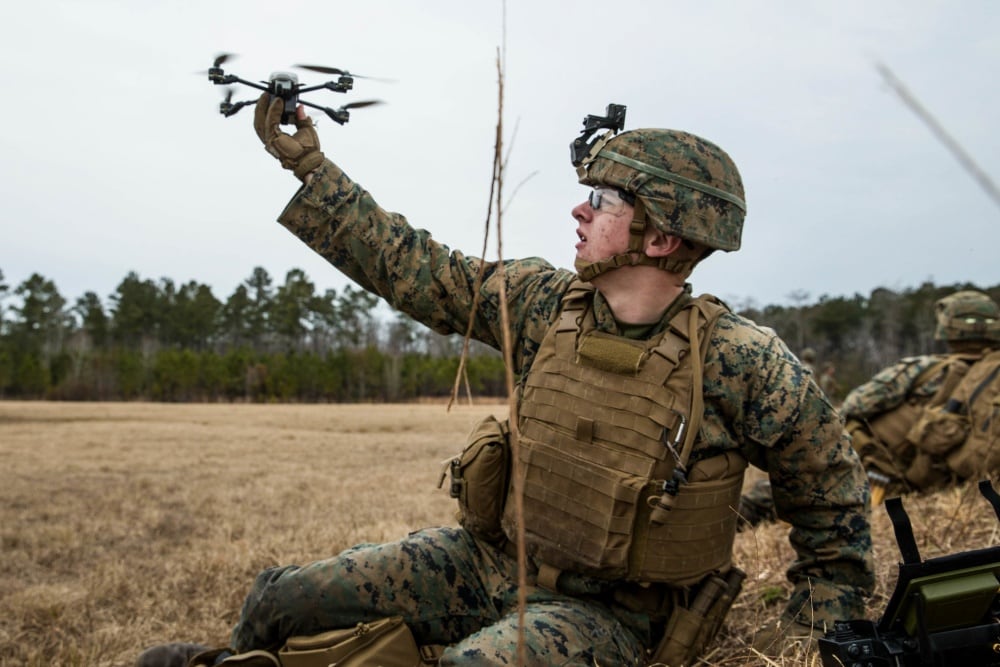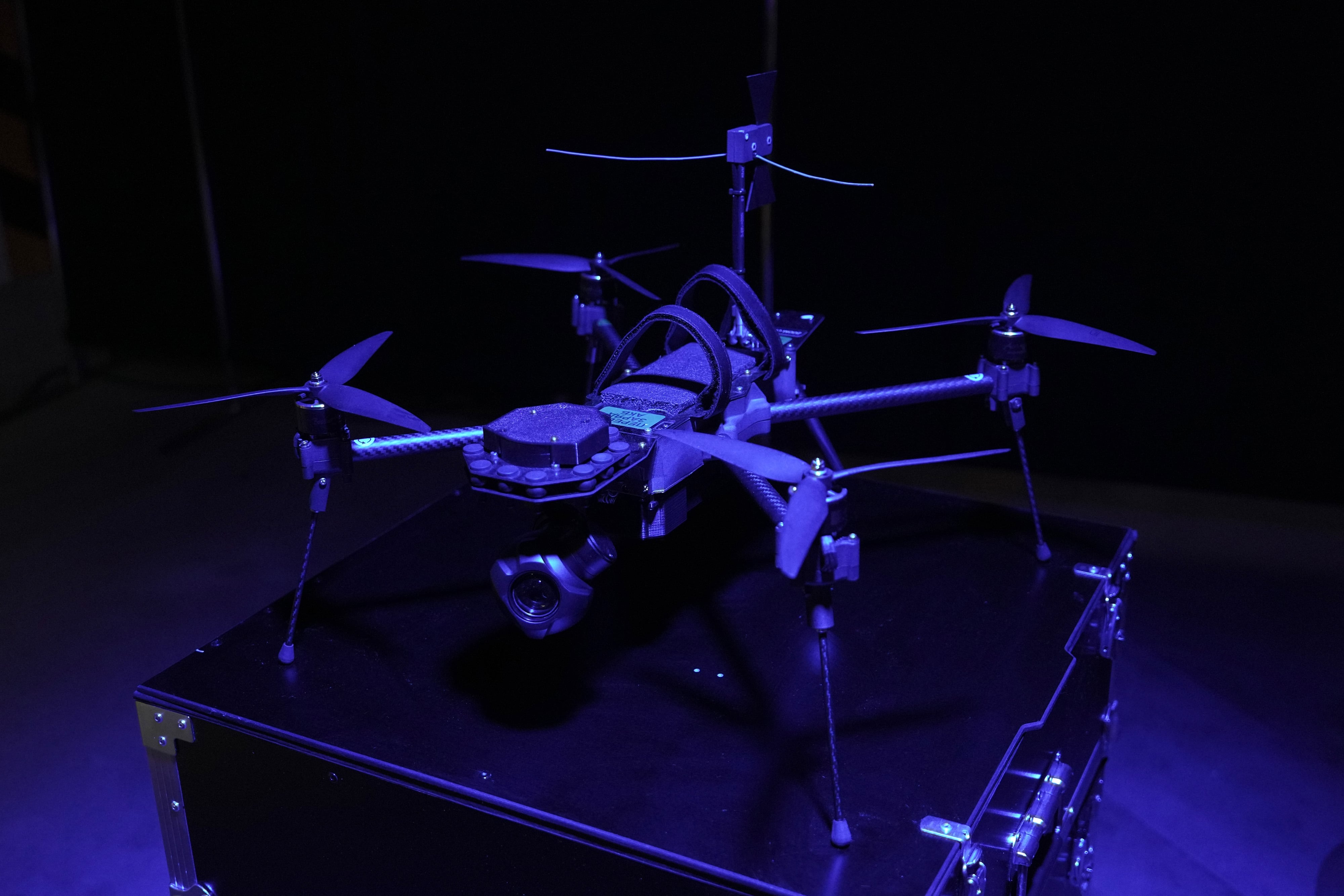The Defense Advanced Research Projects Agency (DARPA) recently awarded $7.2 million worth of contracts to Raytheon BBN, Northrop Grumman Mission Systems, and Lockheed Martin Corporation during the first phase of the agency’s Offensive Swarm-Enabled Tactics (OFFSET) program.
The goal of the program is to develop small unmanned air and ground robots with the capability to operate in swarms of 250 or more. According to DARPA, these swarming systems would be teamed with small-unit infantry forces to help accomplish a diverse range of missions in complex urban environments.
Unlike the extremely expensive drones currently found in most U.S. military ground units, like the AeroVironment Raven, swarms can consist entirely of inexpensive systems. A swarm can also lose many individual drones with little impact on its ability to accomplish its broader mission.

The recent contracts are part of phase one of the OFFSET program’s “swarm sprints.” The sprints are an effort to enable rapid development by leveraging and combining emerging swarm technologies. Every six months, DARPA expects to solicit proposals from potential “sprinters” ranging from academics to large corporations, which then will work with the system integration teams to create and test unique swarm technology.
Lockheed Martin is the first winner of a swarm sprinter award, worth $363,505 with options.
Raytheon and Northrop Grumman won systems integrator awards, priced at $3,223,443 with options and $3,709,108 with options respectively.
The system integrators are tasked with “designing, developing and deploying a swarm-system, open-based architecture for swarm technologies in both a game-based environment and physical test bed,” according to a release from Northrop Grumman.
Each swarm sprint will focus on one of five areas: swarm tactics, swarm autonomy, human-swarm teaming, virtual environment, and physical-bed. The first sprint focused on tactics that would allow a commander to use swarms to prepare an urban area of operations for further operations by small-unit forces.
“We imagine seeing swarm tactics where you’ll be conducting reconnaissance with a swarm of air and ground robots. Or identifying ingress and egress points, or perhaps identifying novel ways to construct a perimeter of an area of operations,” Timothy Chung, DARPA’s OFFSET program manager, said in a video about the first sprint.
While Lockheed Martin is the only swarm sprinter to receive an award thus far, DARPA expects to issue additional awards related to the first sprint after negotiations are completed, Chung told C4ISRNET in a statement.
Drone swarm technology is not entirely unprecedented. South Korea showed off its group drone capabilities earlier this year during the opening of the 2018 Winter Olympics. Russia’s Ministry of Defense claims its ground forces in Syria were attacked by a drone swarm in Jan. 2018. No one ever claimed the attack, but Russia maintains the attack required a higher level of technological expertise than any Syrian rebel groups posses.








